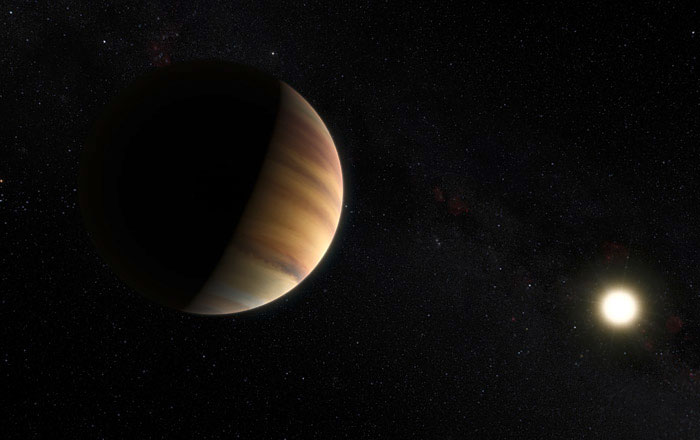
- Using the HARPS instrument in Chile, the astronomers studied light from 51 Pegasi b – the first exoplanet discovered orbiting a Sun-like star.
- Their observations not only uncovered new properties of this well-known object, but the work is also a successful proof-of-concept demonstration of an new technique for exoplanet detection.
- Currently, the two most common methods of detecting exoplanets involve observing a star’s radial velocity to see if it “wobbles” from the pull of an exoplanet, or looking for a tiny dip in the intensity of a star as the companion exoplanet transits across its face.